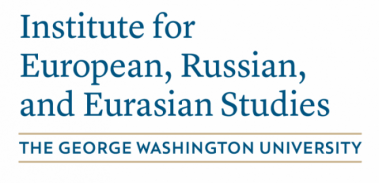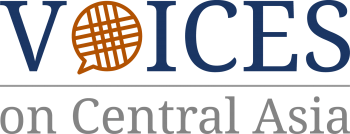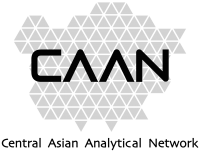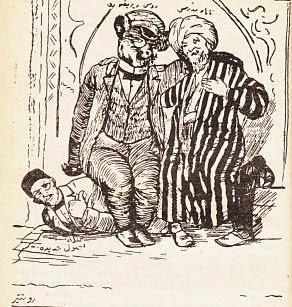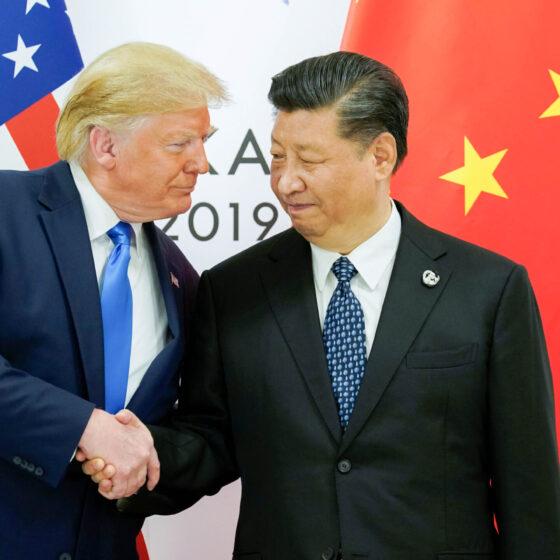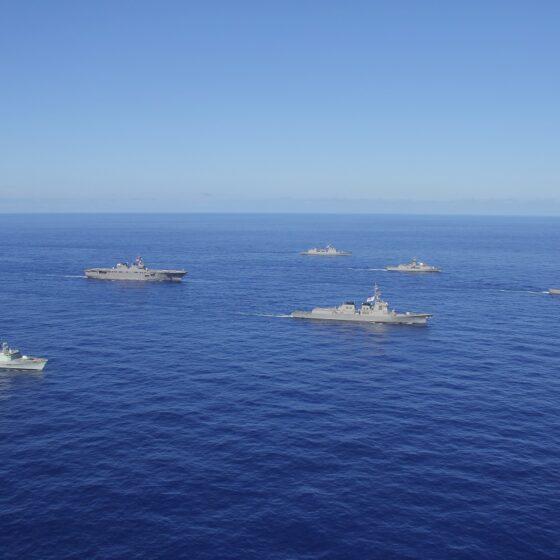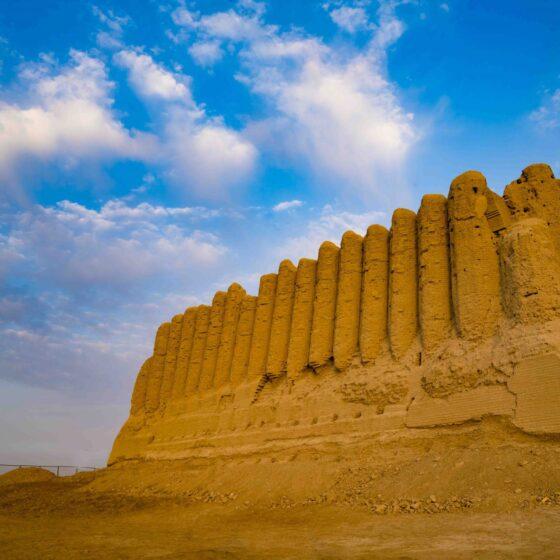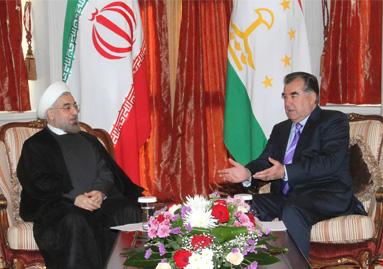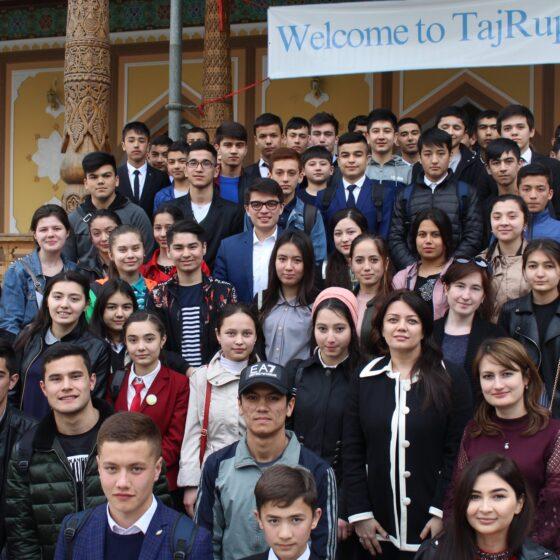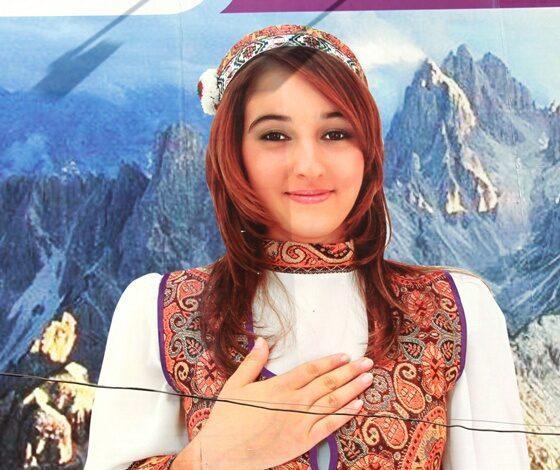“The Role of Iran and the United States of America in Geopolitics of Central Asia” is my monograph published recently by the Latvian Institute of International Affairs in Riga.
The object of study is geopolitical and geoeconomic (energy and transport-transit corridors) processes in modern Central Asia through the prism of the regional policies and mutual interaction of the Islamic Republic of Iran and the United States.
Гули Юлдашева: О монографии «Геополитические процессы в Центральной Азии: роль Ирана и США»
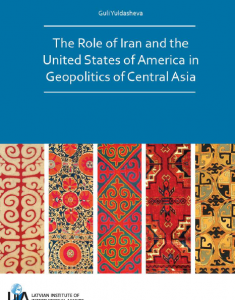
Research methods: empiric approach, combining historical, sociological, economic and geopolitical methods. The basis of this complex set of methods is strategic and system analysis of international phenomena.
The topic has been elaborated within 25 years: 1990s -2017, including geopolitical and economic strategies of the key regional players – the US and EU, Russia, China, Turkey, Iran, India, Pakistan and Saudi Arabia.
The main thesis of the book is:
There won’t be any dominating geopolitical models of development in future Central Asia due to existing contradictions between regional actors and regional opposition to domination of the existing models. Most possible is the future merger of these models into a complex system of interacting state unions.
For the time being the growth of economic and geopolitical threats to Central Asia leads to the prevalence of the Chinese version of The Belt and Road Initiative as the main model of regional development. The Russian-sponsored Eurasian Economic Union is in an amorphous state, but inclined to partly merge with the Chinese project, whereas in the future it has capacity to become a separate, potentially reformed and extended organization. Realization of the US sponsored New Silk Road is virtually restricted by regional military and political cooperation.
The factors for the potential merger of these models in future include: 1. regional opposition to domination of some of these models; 2. absence of any single leader and 3. principles of regionalism that can provide certain political balance of forces and interests.
As a result of the unstable and prone to conflict geopolitical situation, all CA states have chosen multivector foreign policy, additionally Uzbekistan gives preference to constructive equidistant partnership with world powers.
